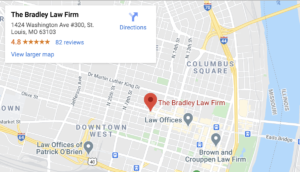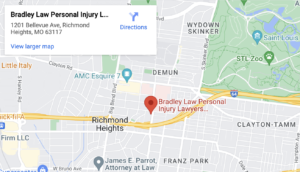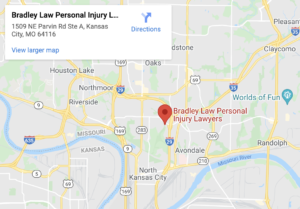
Being involved in an accident or injured by another party’s negligence can have life-altering consequences. The changes might be temporary while you recover from your injuries. In other cases, an injury could cause permanent impairments or disabilities.
Diminished quality of life is a loss you can include in your personal injury claim as part of your non-economic damages. These damages can be challenging to prove without the assistance of an experienced St. Louis personal injury lawyer.
Table of Contents
What Is Quality of Life?
Quality of life is defined in different ways. Some people might equate quality of life with their standard of living or financial means. Other individuals might view quality of life as their health, happiness, and well-being.
For a personal injury case, quality of life encompasses all these qualities. We look at factors that could increase or decrease a person’s quality of life and how the injuries impact those factors.
Examples of factors that can affect someone’s quality of life include, but are not limited to:
- The ability to work and earn income
- Being able to have children
- Where a person lives
- The ability to take care of the activities of daily life without assistance, including bathing, eating, grooming, dressing, etc.
- Social status and reputation
- Education and skills
- Mental and physical health
- Job choice and career opportunities
- Feeling safe and secure
- The ability to participate in desirable and enjoyable activities
- Being able to participate in children’s and family member’s lives
- Personal relationships with other people
Quality of life is subjective. It depends on the person and their circumstances. However, an injury can impact a person’s quality of life regardless of other factors.
How Do You Calculate the Value of Reduced Quality of Life in a St. Louis Personal Injury Claim?
Placing a value on someone’s diminished quality of life can be challenging. There is no standard formula for calculating these damages. Instead, we analyze the factors that affect a person’s quality of life.
Examples of these factors include:
- The type of injuries you sustain
- Your age and overall health at the time of the injury
- The medical treatments required to recover from the injuries
- Whether you sustain permanent injuries or disabling conditions
- The level of disfigurement or scarring you sustained
- Whether you can perform activities, hobbies, and tasks that you did before the injury
- The prognosis given by physicians and medical specialists
- Your appearance before and after the injury
- The ongoing medical treatment you must receive
- How your injuries impact your relationships with other people
- Whether you can conceive and have children and/or take care of your children
The more that an injury impacts your life, the greater chance your quality of life decreases. We must consider all circumstances and facts of the case when trying to value a quality of life claim.
The Multiplier Method for Determining a Dollar Amount for Quality of Life Claims
Determining a dollar amount for quality of life claims is difficult. We include these claims with other non-economic damages, such as pain and suffering. A standard way of determining how much non-economic damages are worth is the multiplier method.
The multiplier method begins by assigning a number between 1.5 and five to the claim. The above factors are used to determine the severity and extent of the impact of the injuries on your life. The multiplier increases as the negative impact on your life caused by the injuries increases.
You multiply that number by the total of your economic damages. The result is the value of your non-economic damages, including diminished quality of life.
Insurance companies and at-fault parties often downplay the effects of injuries on a person’s life. They try to keep the multiplier as close to 1.5 as possible.
Your personal injury lawyer will use various types of evidence to prove the extent of damages you suffered because of the injuries.
Evidence of non-economic damages can include:
- Testimony from you, family members, and friends
- Medical records
- Photographs of your injuries, disfigurement, and scarring
- Testimony from medical specialists, vocational therapists, and other expert witnesses
Comparative fault claims are another way insurance companies fight personal injury claims. If you are partially to blame for causing your injury, your compensation is reduced by your level of fault.
You can protect yourself from insurance tactics designed to undervalue your claim by talking with an attorney before you speak with an insurance adjuster. Learn about your legal rights and how much your personal injury case is worth from someone with your best interest as the priority.
Schedule a Free Consultation With a St. Louis Personal Injury Lawyer To Discuss Your Diminished Quality of Life and Other Damages
You deserve to be compensated for all damages, including a decrease in quality of life. Our St. Louis personal injury attorneys will work to obtain maximum compensation for your personal injury claim. Call now for a free case evaluation.
If you were injured in an accident, you probably have questions about what to do next. Contact our personal injury law firm Bradley Law Personal Injury Lawyers or call (314) 400-0000 for a free consultation to discuss your case. We will help you understand your case’s value and come up with a strategy to recover damages from your injuries.




